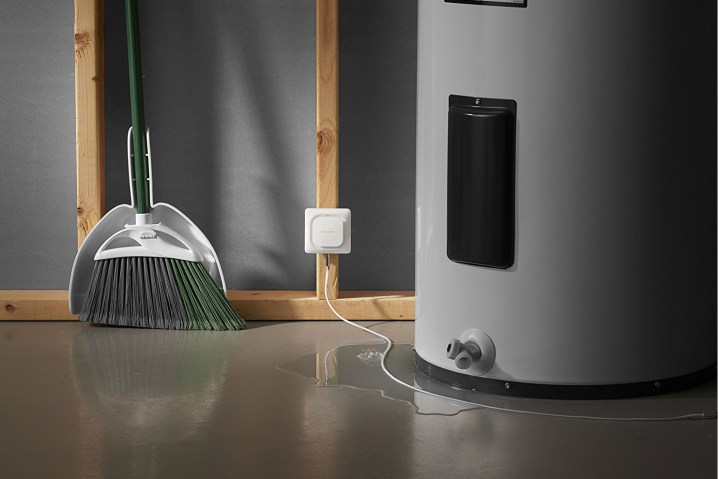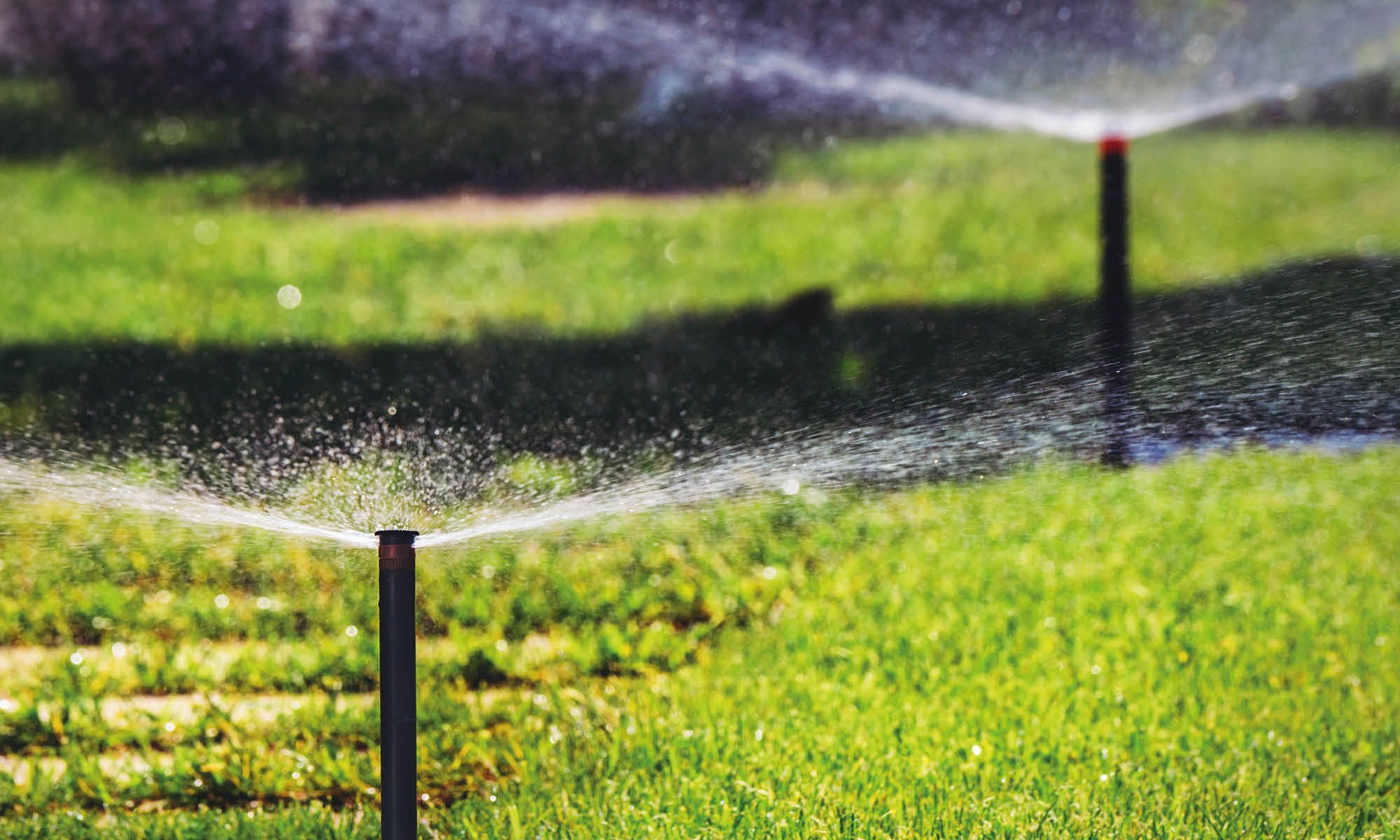
How to Promote Water Conservation in the Tech Era?
Share
In an age where technology reigns supreme, the question of how to promote water conservation becomes increasingly relevant. As tech professionals and enthusiasts, we are uniquely positioned to leverage technological innovations to foster sustainable practices. The digital age offers an array of tools and platforms that can be harnessed to address the pressing issue of water scarcity. By integrating technology with water conservation efforts, we have the opportunity to make a significant impact in our communities and beyond.
Water conservation is not just a buzzword; it's a critical necessity. With the world's population growing and climate change exacerbating water shortages, it's essential for the tech community to step up. Understanding how to promote water conservation involves not just individual actions but also systemic changes that can be driven by technology. Let's delve into the ways technology can aid in this noble cause.

Embracing Smart Water Technologies
One of the most effective ways to promote water conservation in today's tech-driven world is by embracing smart water technologies. These technologies employ sensors, data analytics, and IoT (Internet of Things) to monitor and manage water usage efficiently. For instance, smart irrigation systems can optimize water usage by adjusting the watering schedule based on weather forecasts and soil moisture levels. This not only saves water but also ensures that plants receive the right amount of water when they need it.
Additionally, smart water meters provide real-time data on water usage, allowing consumers to monitor their consumption patterns and identify any irregularities that may indicate leaks. By adopting such technologies, households and businesses can significantly reduce their water footprint.
Leveraging Big Data and Analytics
Big data and analytics play a pivotal role in water conservation efforts. By analyzing vast amounts of data, we can gain insights into water usage patterns and identify areas where conservation efforts can be intensified. For example, by analyzing data from water networks, we can detect leaks and inefficiencies, allowing for timely repairs and maintenance.
Moreover, data-driven decision-making can help policymakers and water management authorities develop targeted strategies for water conservation. By understanding consumption trends, they can implement policies and incentives that encourage sustainable water use among consumers.
Developing Water Conservation Apps
In the digital age, mobile apps have become powerful tools for promoting water conservation. Developers can create apps that educate users about the importance of water conservation and provide practical tips for reducing water usage. These apps can also include features such as water usage calculators, reminders for turning off taps, and gamified challenges that encourage users to adopt sustainable practices.
For tech enthusiasts interested in making a difference, developing water conservation apps can be a fulfilling project. By combining creativity with technical expertise, developers can create engaging and impactful solutions that motivate users to conserve water.
Engaging the Community through Social Media
Social media platforms offer a powerful avenue for raising awareness about water conservation. Tech professionals and enthusiasts can use their influence to share informative content, success stories, and innovative solutions related to water conservation. By engaging with their followers, they can foster a community of environmentally conscious individuals who are committed to making a difference.
Moreover, social media campaigns can be used to promote water-saving initiatives and encourage collective action. By creating hashtags, organizing online events, and collaborating with environmental organizations, tech enthusiasts can amplify their impact and inspire others to join the cause.
Collaborating with Environmental Organizations
Collaboration is key to effective water conservation efforts. Tech professionals can partner with environmental organizations to support projects that focus on sustainable water management. By lending their technical expertise, they can help these organizations develop innovative solutions and streamline their operations.
Furthermore, tech companies can sponsor initiatives and provide funding for research and development of water-saving technologies. By aligning their corporate social responsibility efforts with environmental goals, they can contribute significantly to the global water conservation movement.
Incorporating Water Efficiency in Tech Infrastructure
Tech companies can lead by example by incorporating water efficiency measures in their infrastructure. This includes implementing rainwater harvesting systems, using water-efficient appliances, and optimizing cooling systems to reduce water usage. By demonstrating a commitment to sustainability, tech companies can set a precedent for other industries to follow.
Additionally, tech professionals can advocate for water-efficient practices within their organizations. By educating colleagues and stakeholders about the benefits of water conservation, they can drive change from within and create a culture of sustainability.
Exploring IoT Solutions for Water Management
The Internet of Things (IoT) presents exciting opportunities for revolutionizing water management. IoT devices can be used to monitor water levels in reservoirs, track water quality, and detect leaks in real-time. By providing actionable insights, IoT solutions enable proactive maintenance and efficient water management.
Tech enthusiasts can contribute to the development of IoT solutions by designing and deploying devices that address specific water conservation challenges. By harnessing the power of IoT, we can create smarter water systems that ensure sustainable water use.
Supporting Educational Initiatives
Education is a cornerstone of water conservation. Tech professionals can support educational initiatives that raise awareness about the importance of water conservation. This includes developing online courses, webinars, and workshops that educate individuals and organizations about sustainable water practices.
Furthermore, tech companies can collaborate with educational institutions to integrate water conservation into STEM (Science, Technology, Engineering, and Mathematics) curricula. By inspiring the next generation of tech leaders to prioritize sustainability, we can create a future where water conservation is ingrained in the fabric of society.

Conclusion
As tech professionals and enthusiasts, we have the tools and knowledge to make a significant impact on water conservation efforts. By embracing smart technologies, leveraging data analytics, and engaging with the community, we can promote sustainable water practices and drive positive change. It's time to harness the power of technology to secure a water-efficient future for generations to come.
FAQs
Q1: How can tech professionals contribute to water conservation?
Tech professionals can contribute by developing innovative solutions, supporting educational initiatives, and collaborating with environmental organizations to promote sustainable water practices.
Q2: What role does technology play in water conservation?
Technology plays a crucial role in water conservation by providing tools for efficient water management, data-driven decision-making, and community engagement through digital platforms.
Q3: How can IoT solutions help in water management?
IoT solutions can monitor water levels, track water quality, and detect leaks in real-time, enabling proactive maintenance and efficient water management.
For more practical tips on how to conserve water at home, explore resources like the EPA's WaterSense program.
